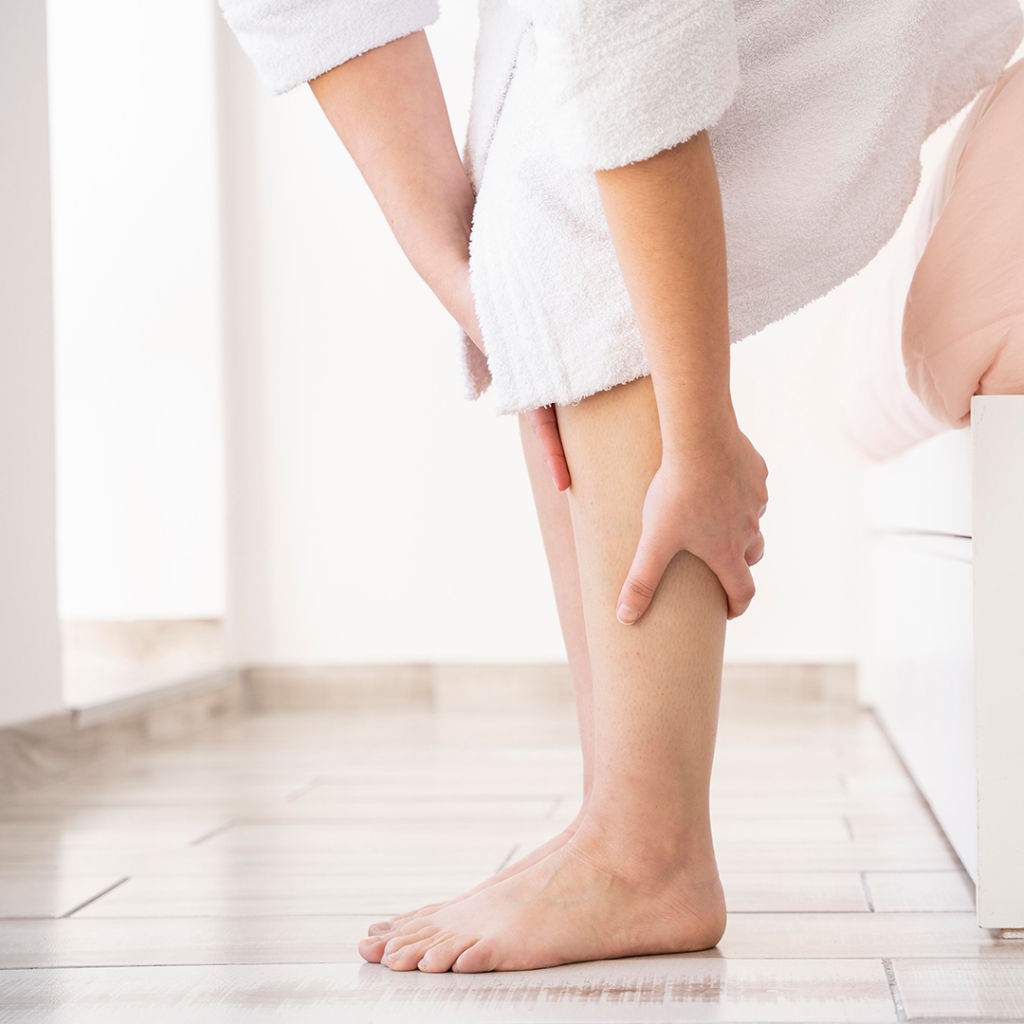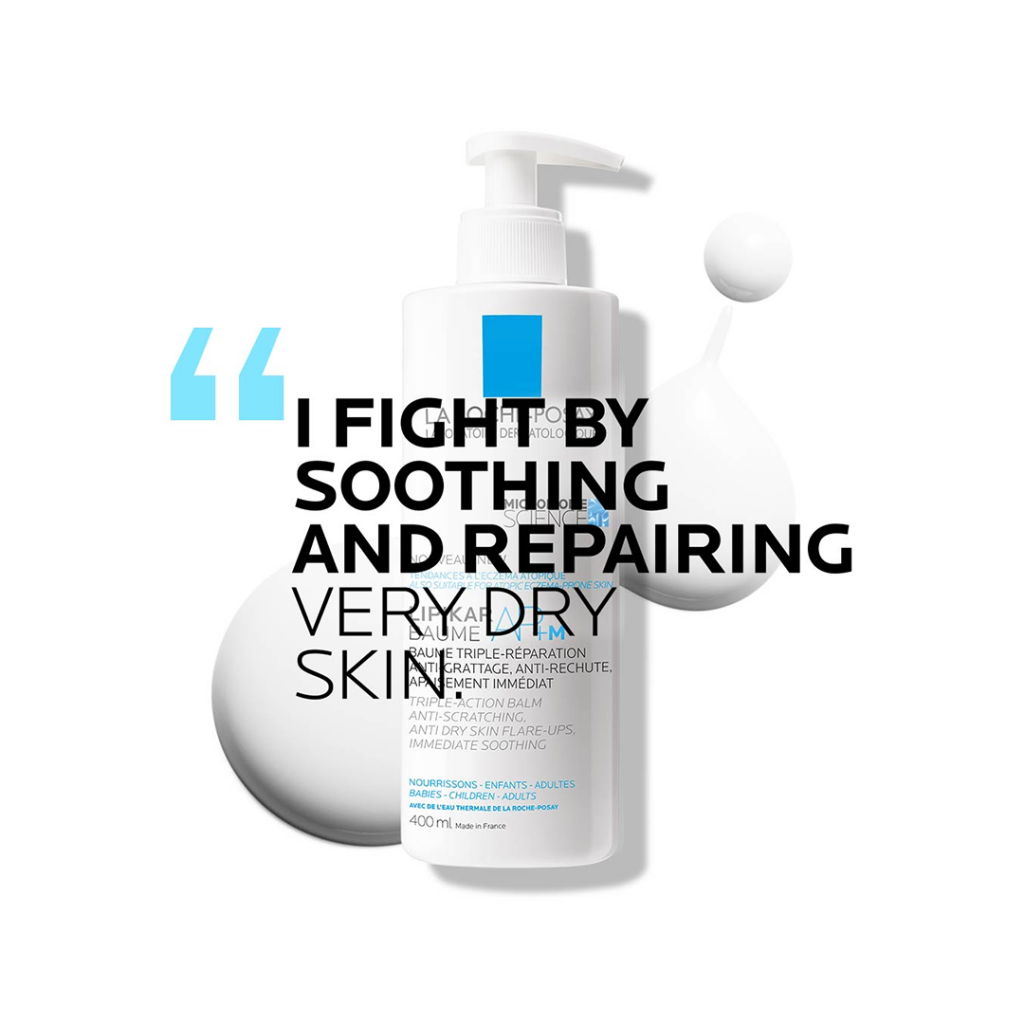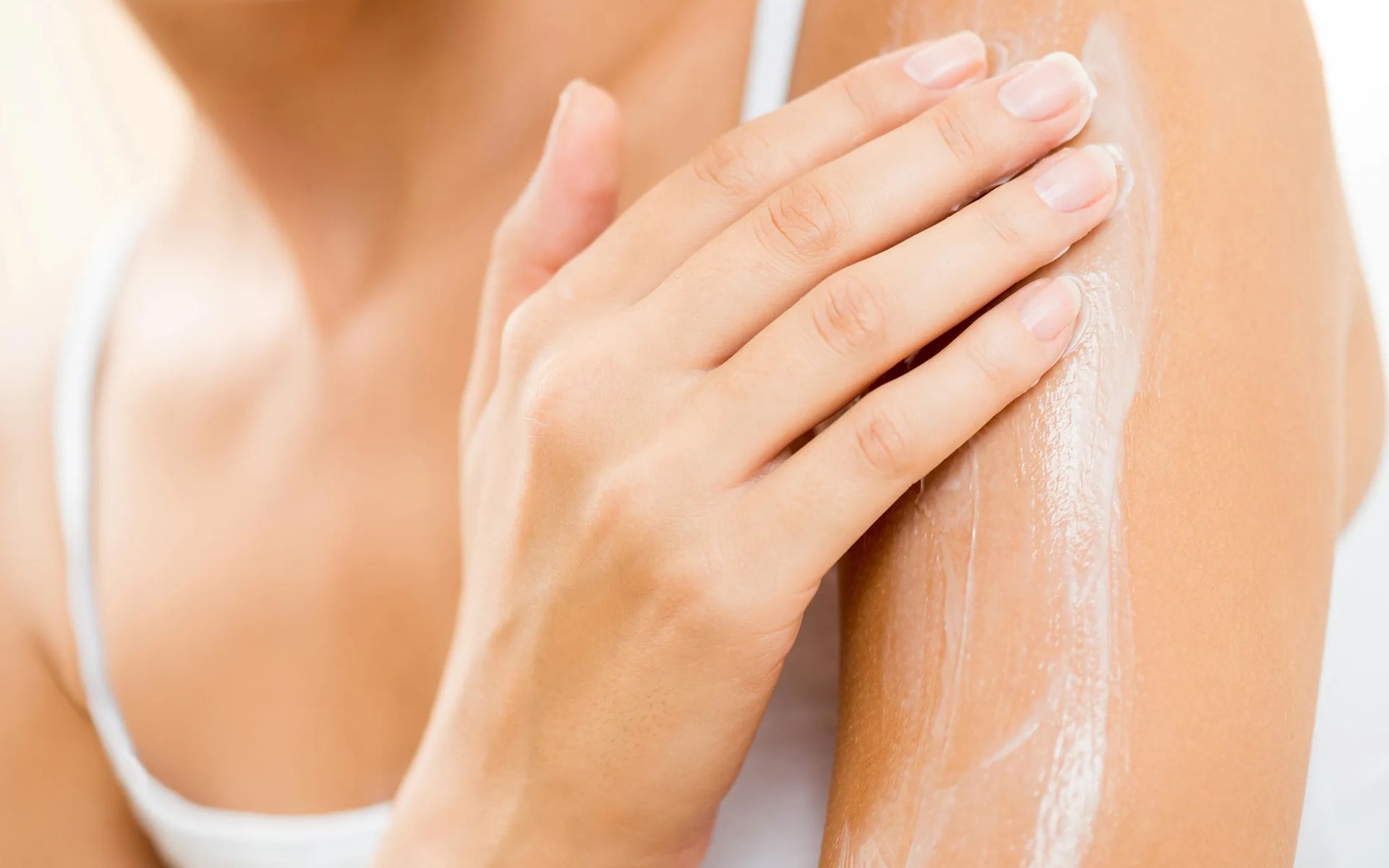An emollient is the part of a moisturiser that soothes and softens the skin while preventing dehydration. Although most products contain both, an emollient isn’t the same as a moisturiser. The moisturising part of a product will bring water into the skin. In contrast, the emollient part coats the skin with a protective film to seal the water inside. It is the emollient part that makes the skin softer and smoother.
1. It soothes
When the skin gets dry, spaces form between cells, causing the skin to flake and get irritated. Emollients fill these spaces with lipids, fatty substances that restore your skin’s upper layers.

2. It hydrates
Emollients lock moisture (water) in and keep it from escaping the top layers of the skin.
3. It forms a protective film on the skin
Emollients form a layer to protect the skin from further damage, drying out, and contact with irritating substances (e.g. household cleaning products).
4. It eases dry, itchy, or scaly skin conditions
Emollients nourish and heal the skin to restore it to its normal condition. They immediately soothe itchiness and prevent the skin from getting more dehydrated. Their role is vital in preventing these conditions that may lead to flare-ups.

5. It helps prevent flare-ups
People with eczema are prone to getting dry skin and flare-ups. The skin becomes inflamed, irritated, and itchy during such a flare-up. Unfortunately, this can affect the quality of life as the skin will feel uncomfortable. Frequent application of emollients will help prevent eczema from flaring up as emollients reduce contact with irritants and prevent the skin from drying up. Don’t stop using the emollient when your skin looks and feels good!
Dry skin conditions tend to differ from person to person. Finding the emollient that is best for you is pivotal so that you are more likely to use it often. Friendly emollients are easy to apply. They get absorbed more quickly without feeling greasy, and they restore your skin to its normal condition.
You may want to keep a lighter emollient for use during the day and in the warmer months and one with a thicker consistency for nighttime use and use during colder conditions. Some people use ointments on particular parts of their skin that get drier while using lotions or creams (which are not as thick) on other areas.
Emollients should be applied 2-3 times a day and more often if needed. The need will vary from person to person. An excellent way to understand the frequency required to keep the skin smooth and soft is to observe it and reapply when the need is felt.

Using Lipikar Baume AP+M
Lipikar Baume AP+M nourishes the skin and soothes it immediately to reduce scratching (AP represents ‘anti-pruritic’). As a healing emollient, it rebalances the skin’s microbiome. The microbiome or skin surface flora is typically composed of neutral or beneficial viruses, bacteria, and fungi, and it differs between individuals.
It has been formulated with extremely dry and sensitive skin in mind, including eczema-prone and allergy-prone skin. Its texture is non-greasy and absorbs quickly, making it easy and fast to apply.
With maximum tolerance, babies, children, adults, and the elderly can use the same product on the face and body to reduce flare-ups. Dry skin is soothed, rebalanced, and protected naturally with Lipikar Baume AP+M, even with once-daily use.

Overall care for dry skin
Bear in mind that although emollients can go a long way to helping you keep your skin healthy, you need to also care for your skin with a wash that does not dry it out. Use warm (not hot) water for bathing and apply your emollient frequently. Be gentle with your skin! Always apply the emollient in the direction of the hair growth and do not rub up and down forcefully, as this may cause your follicles to get blocked.
Ensure good coverage by dotting the emollient in blobs around the limbs and trunk before applying. This helps to ensure that you don’t leave out any area. The use of emollients keeps your skin healthier and more comfortable to be in, so make sure to find one that you like and use it often!
Sources:
Developers, B. (2020, February 3). Emollients. National Eczema Society. https://eczema.org/information-and-advice/treatments-for-eczema/emollients/
Emollient: Benefits, Types, and Uses. (2018, February 2). Healthline. https://www.healthline.com/health/emollient
